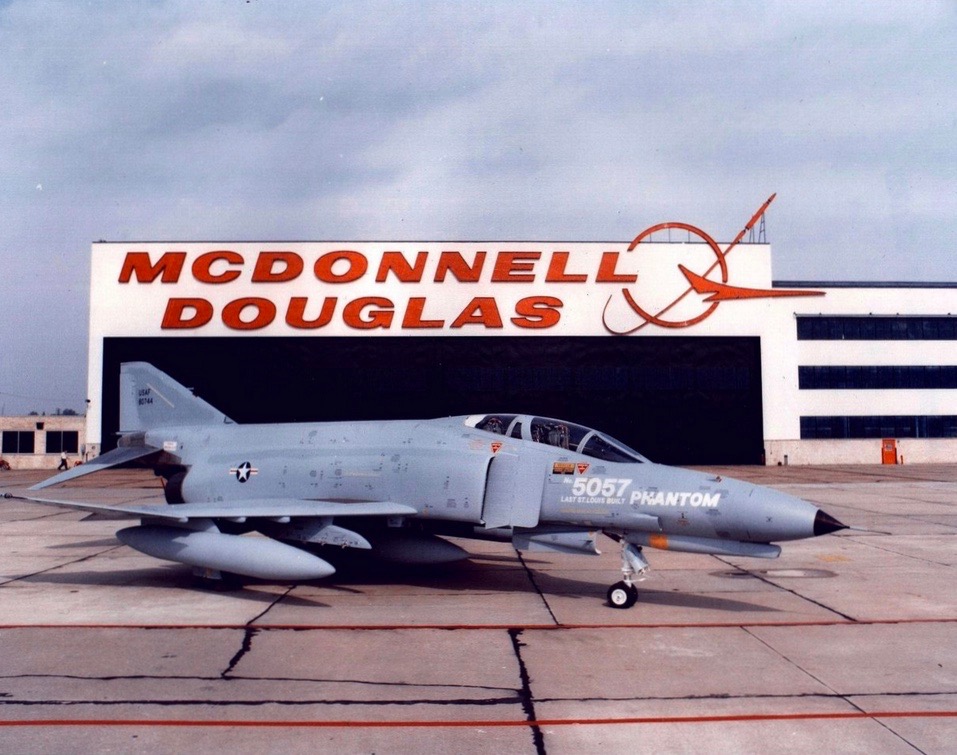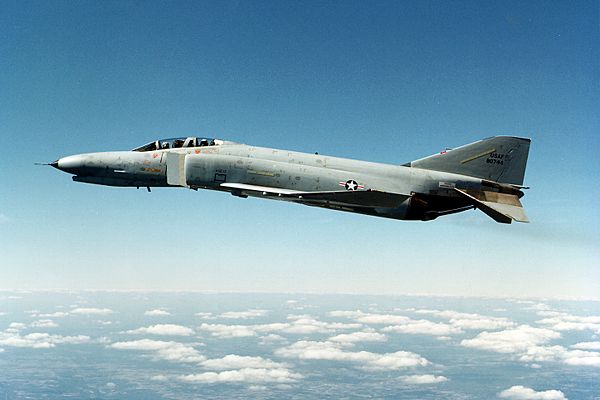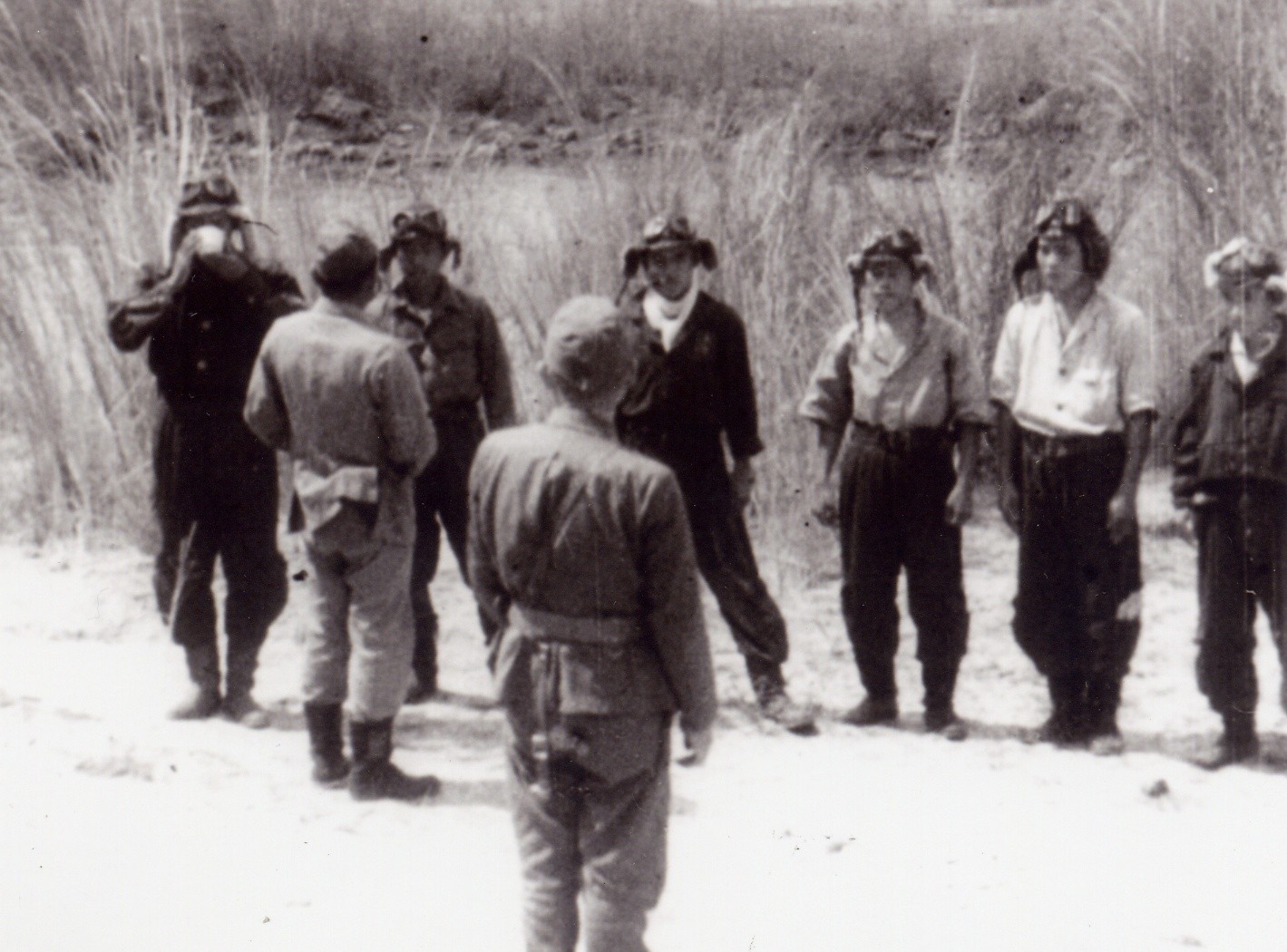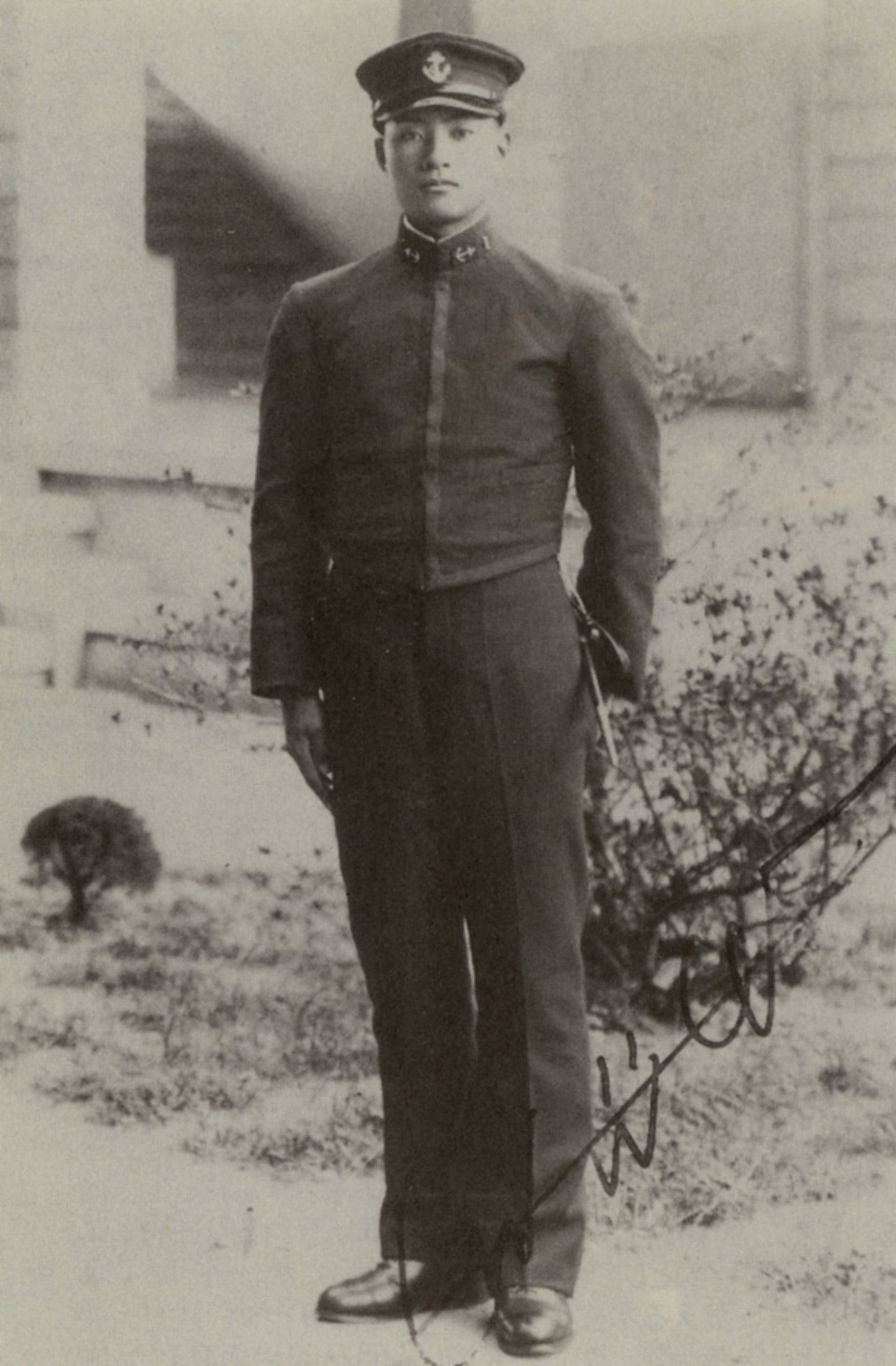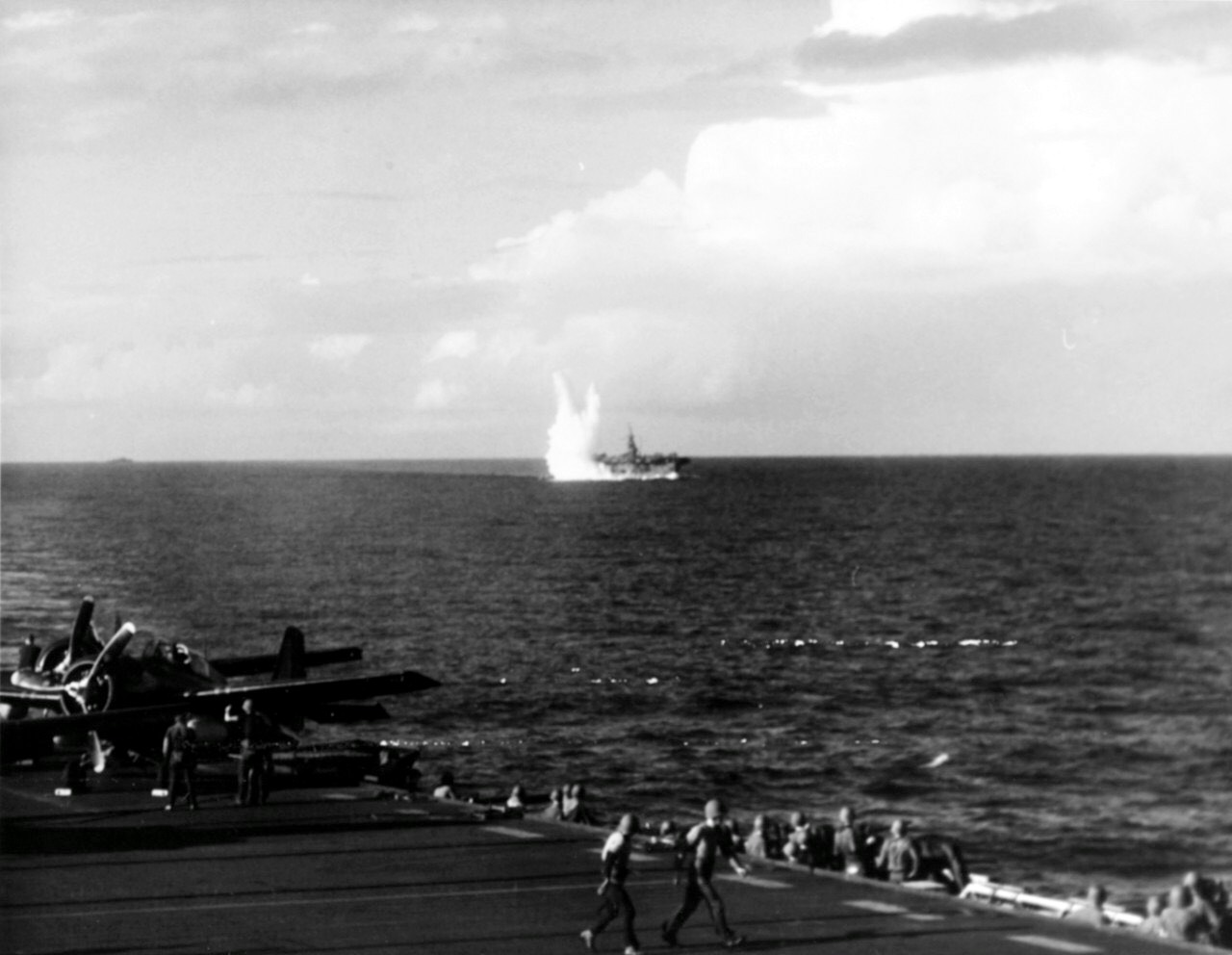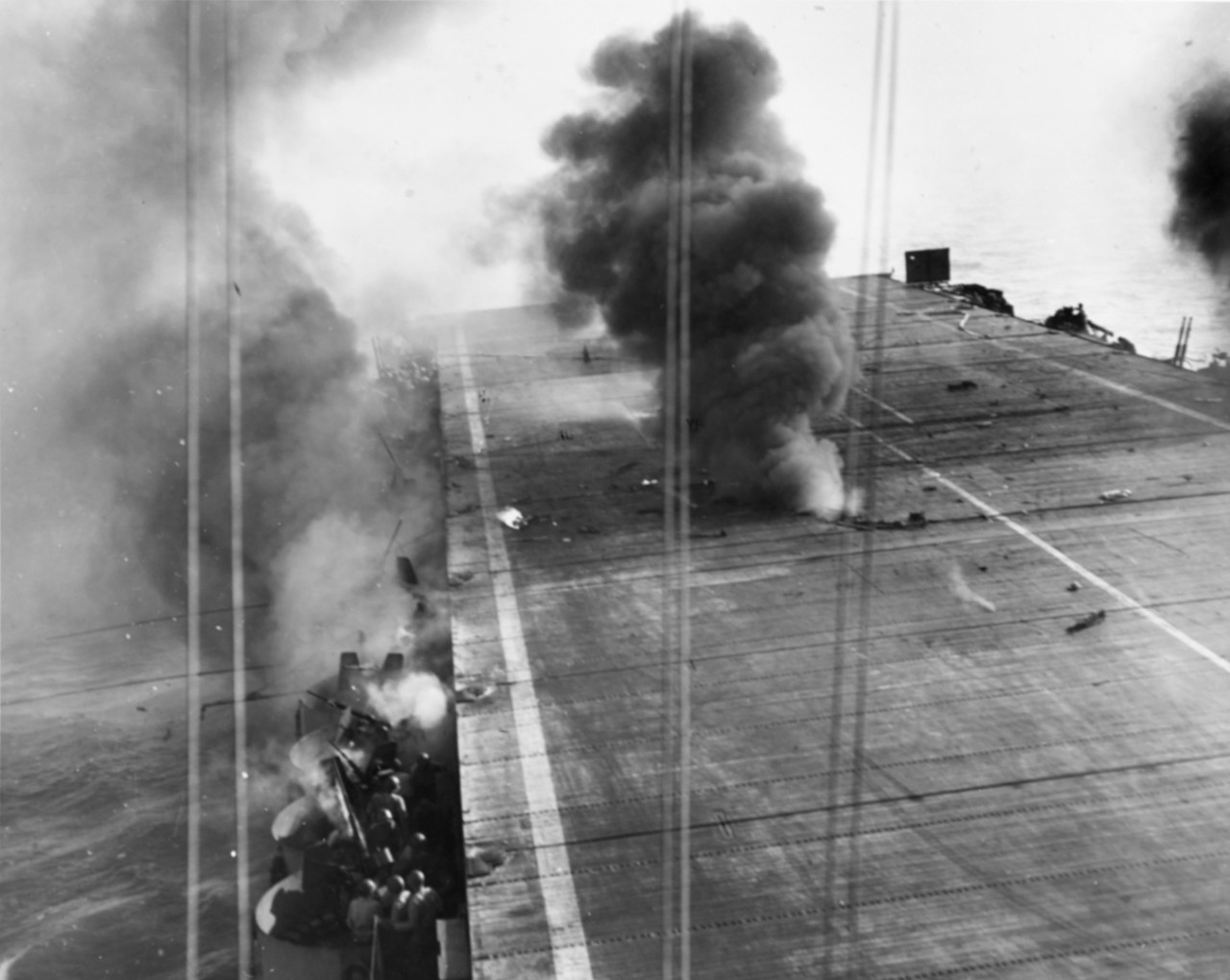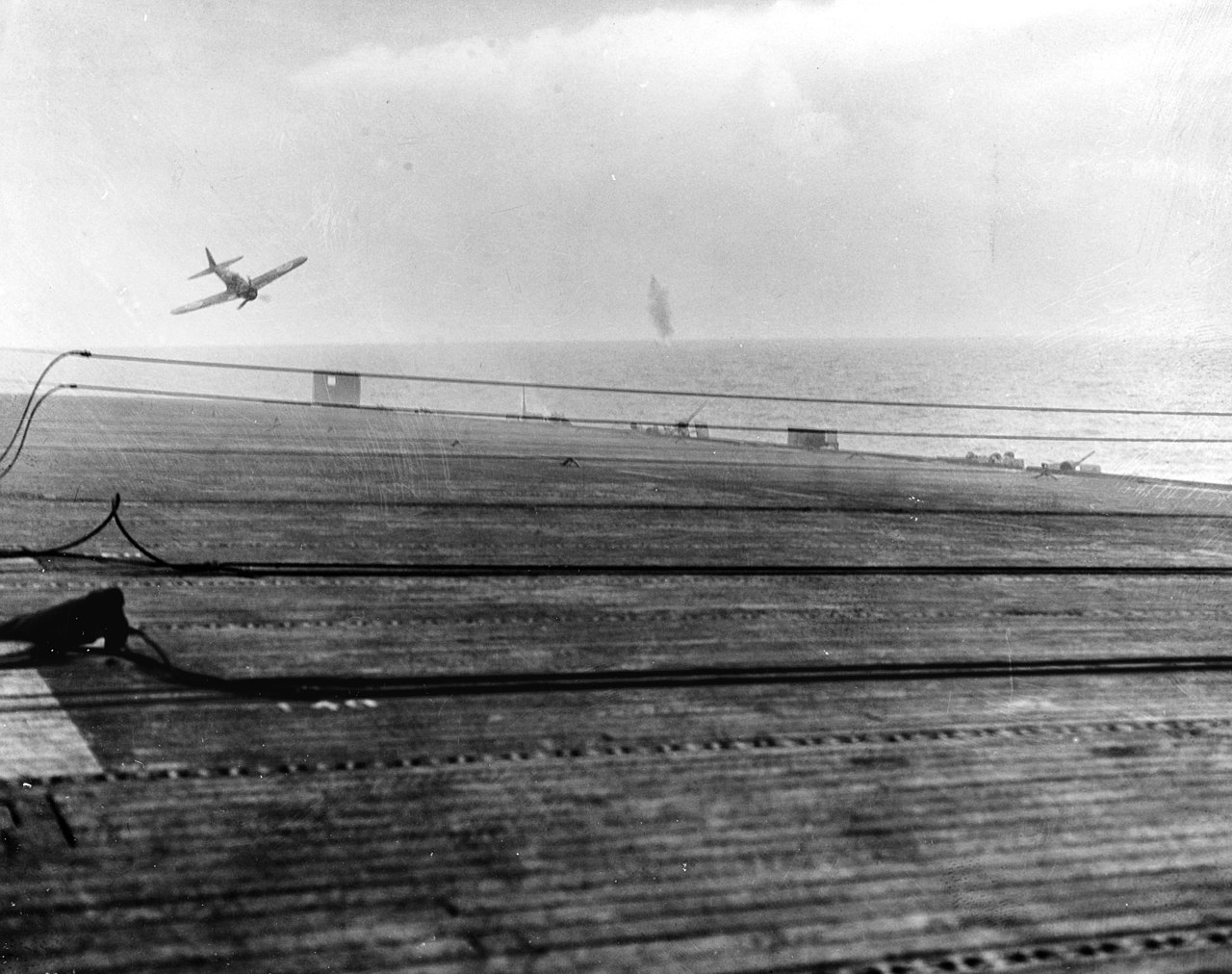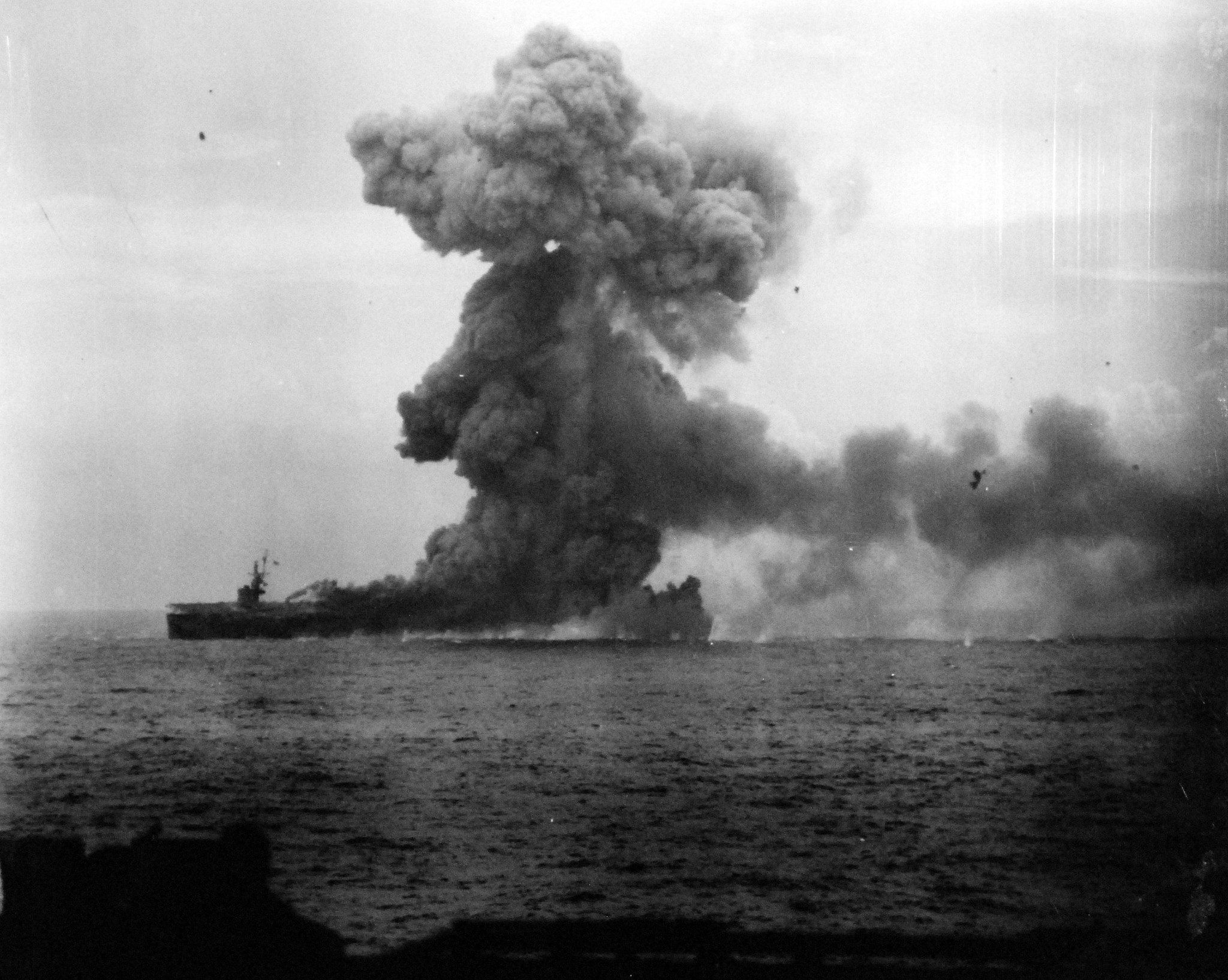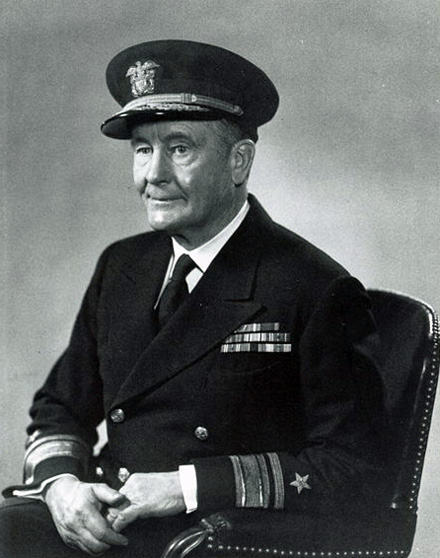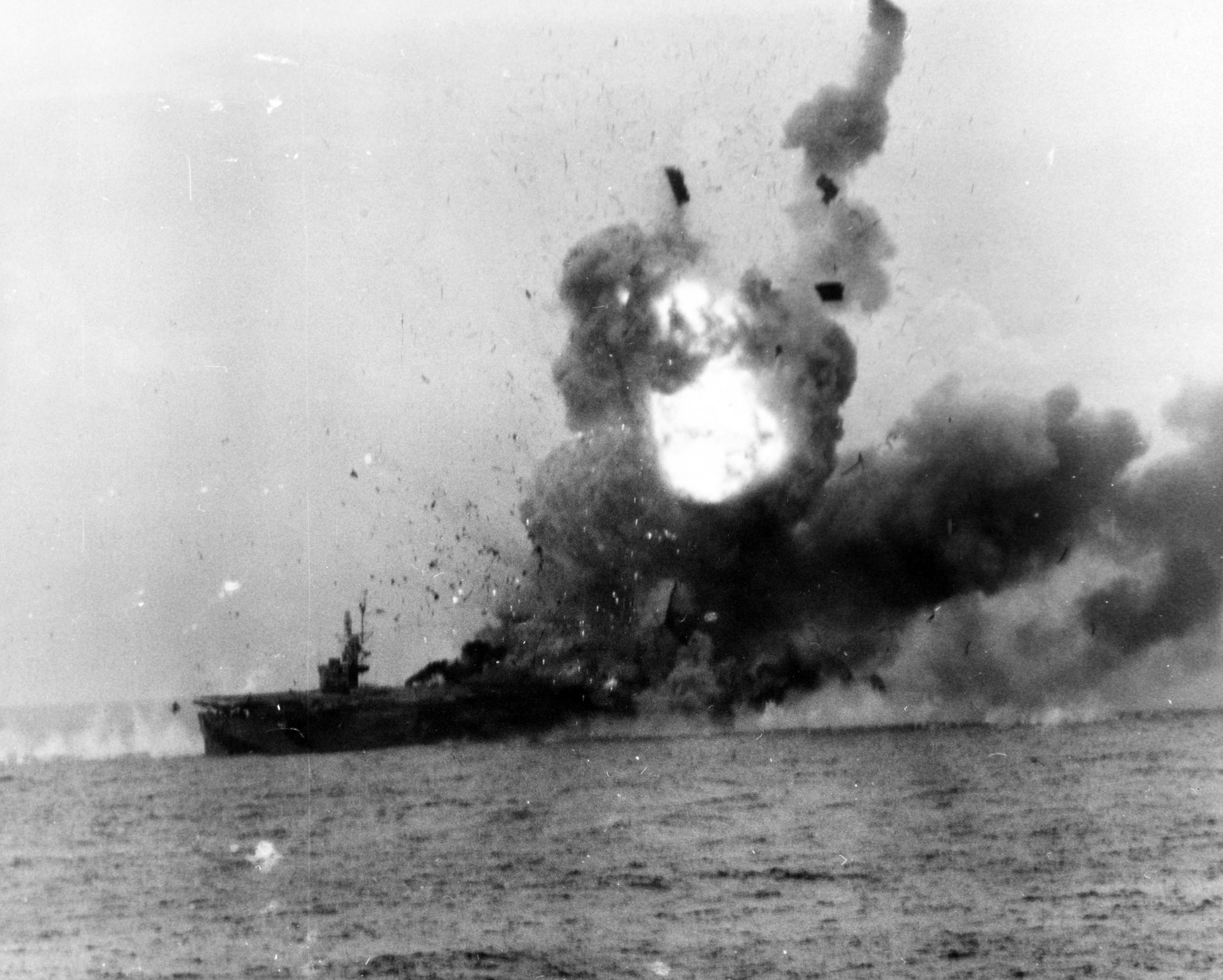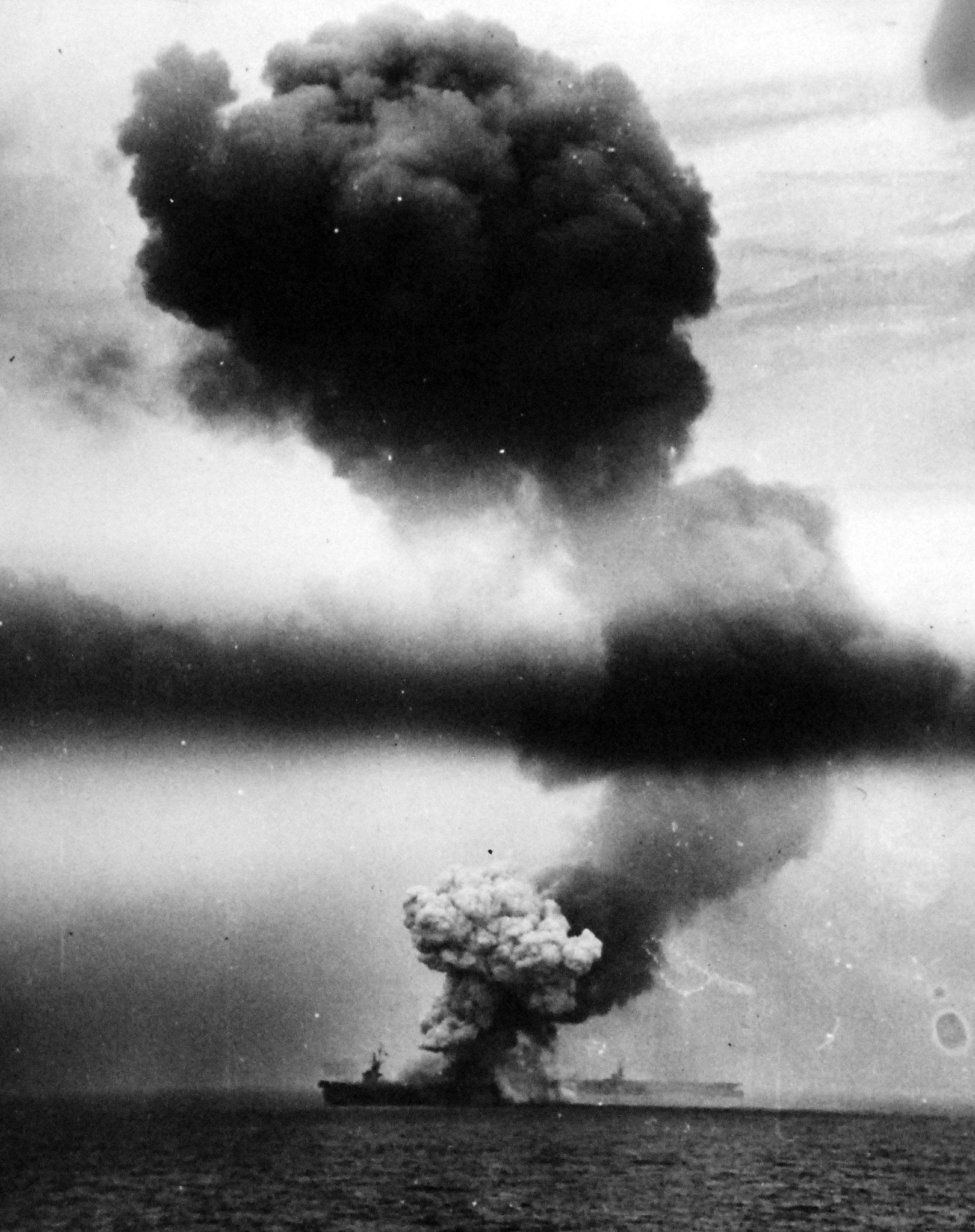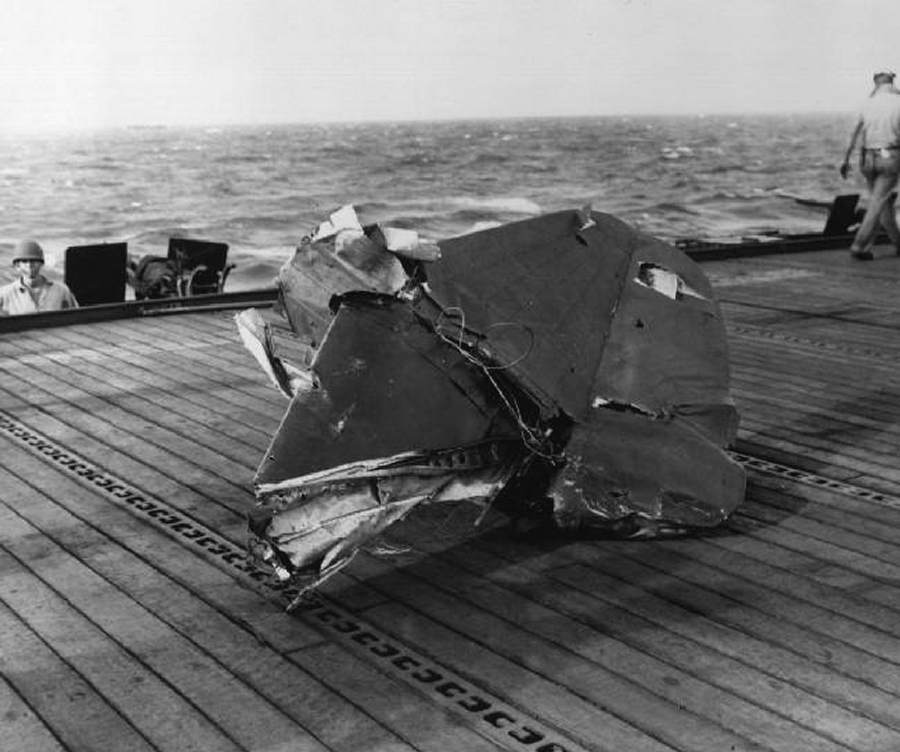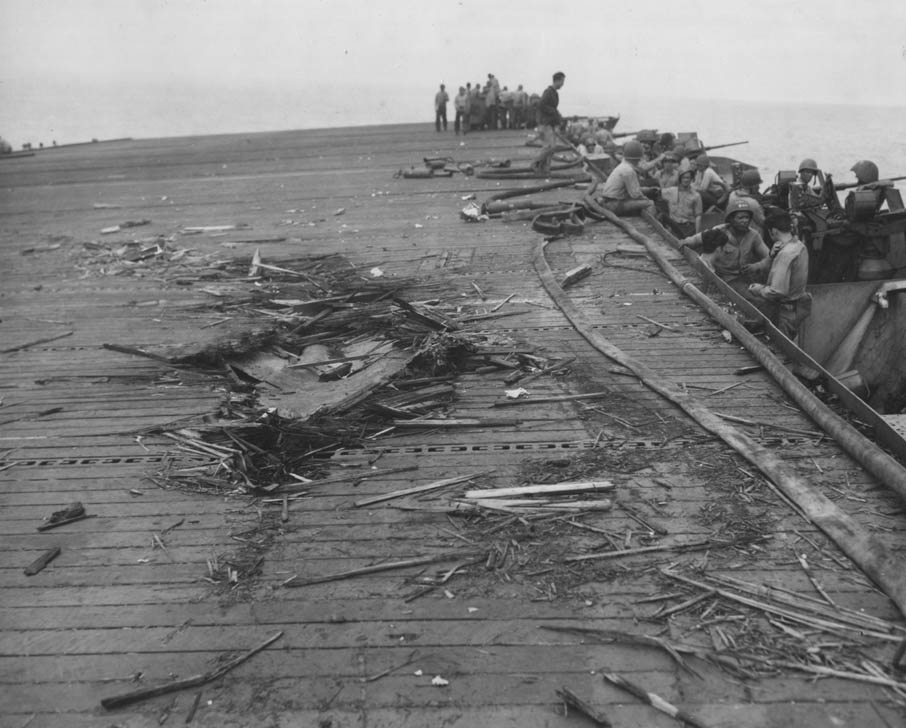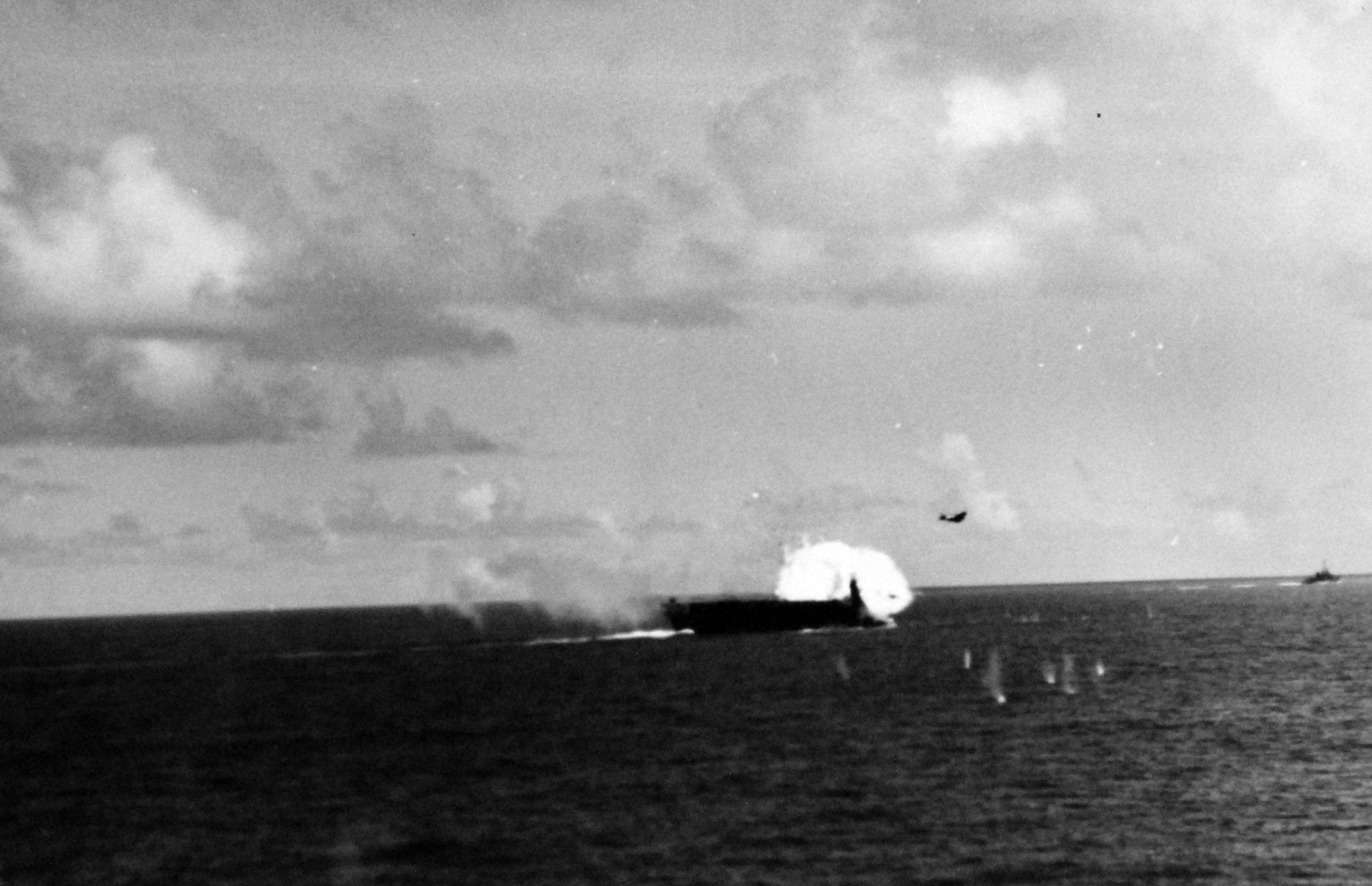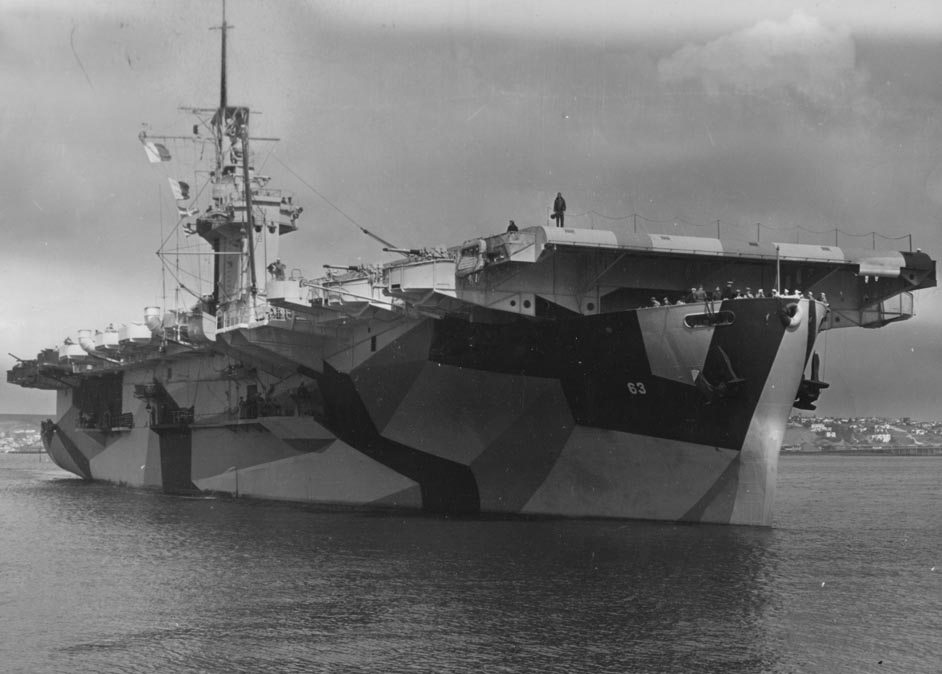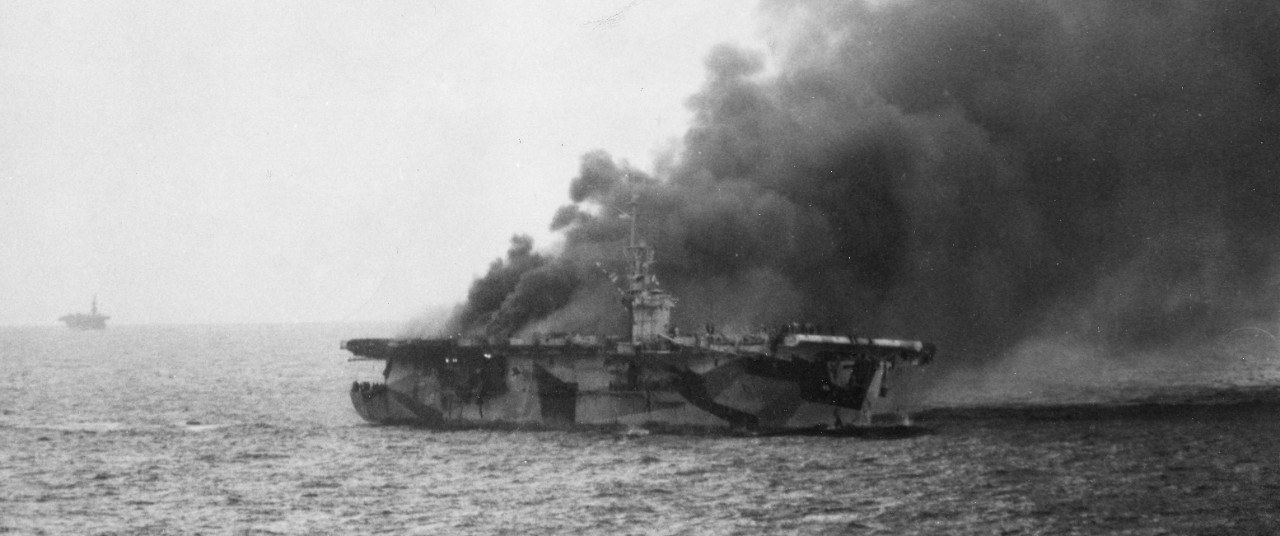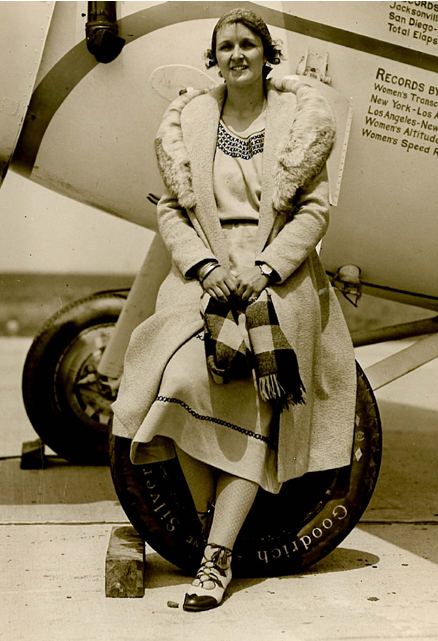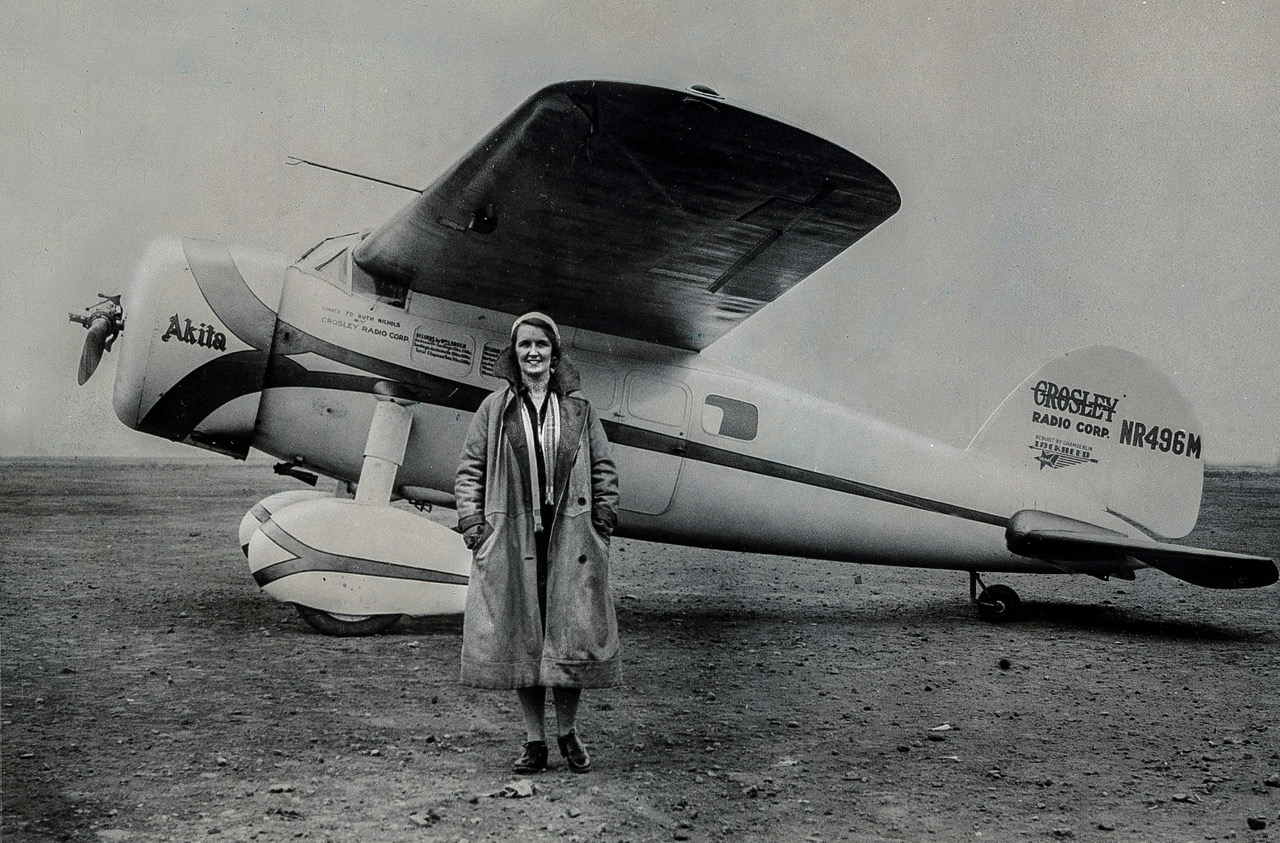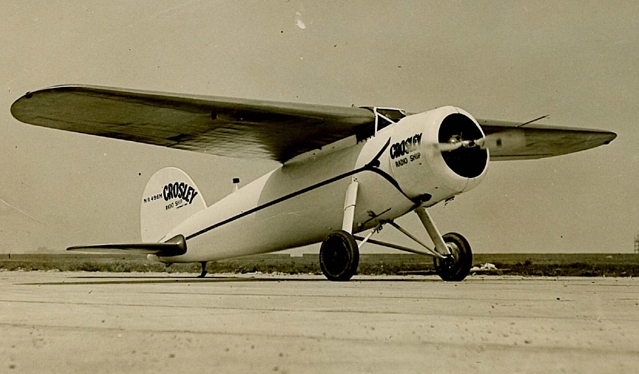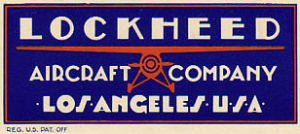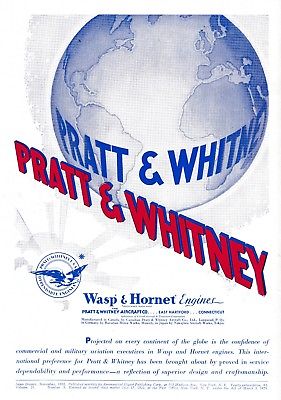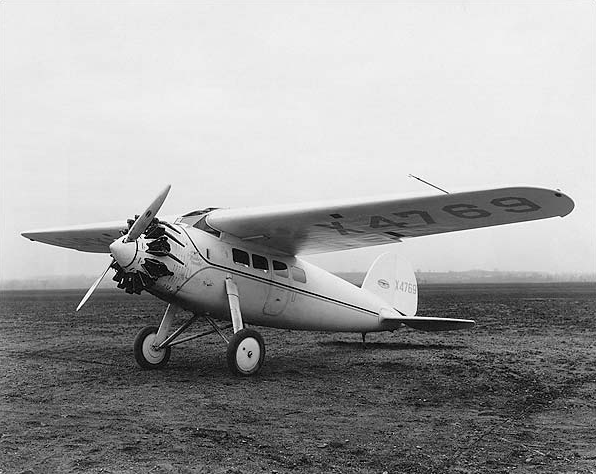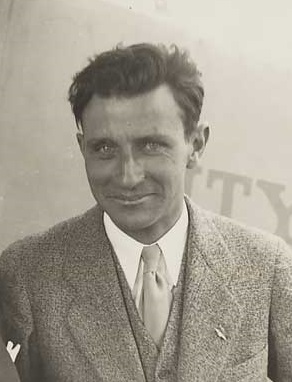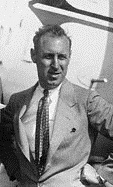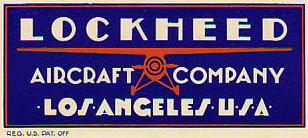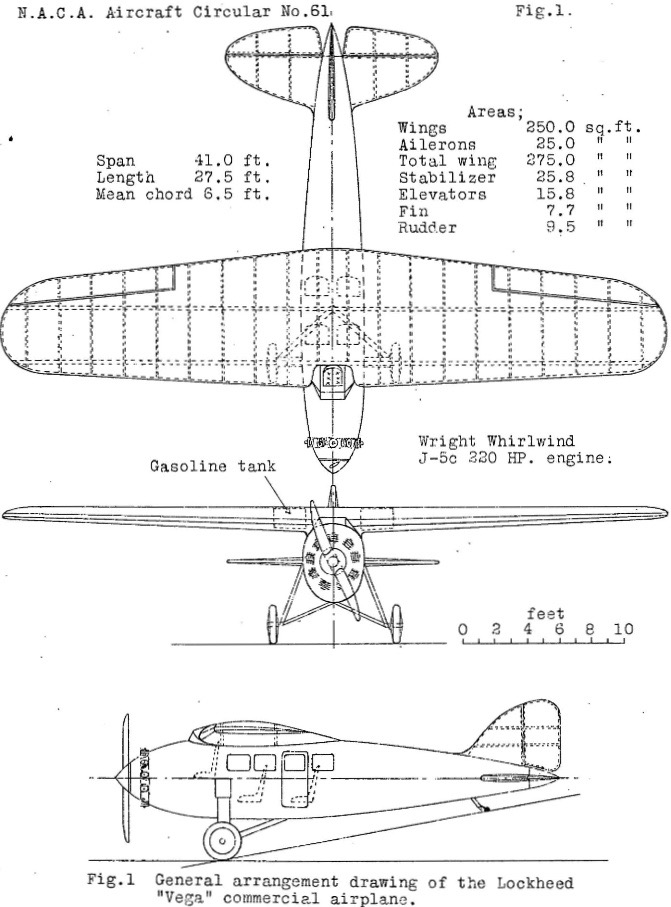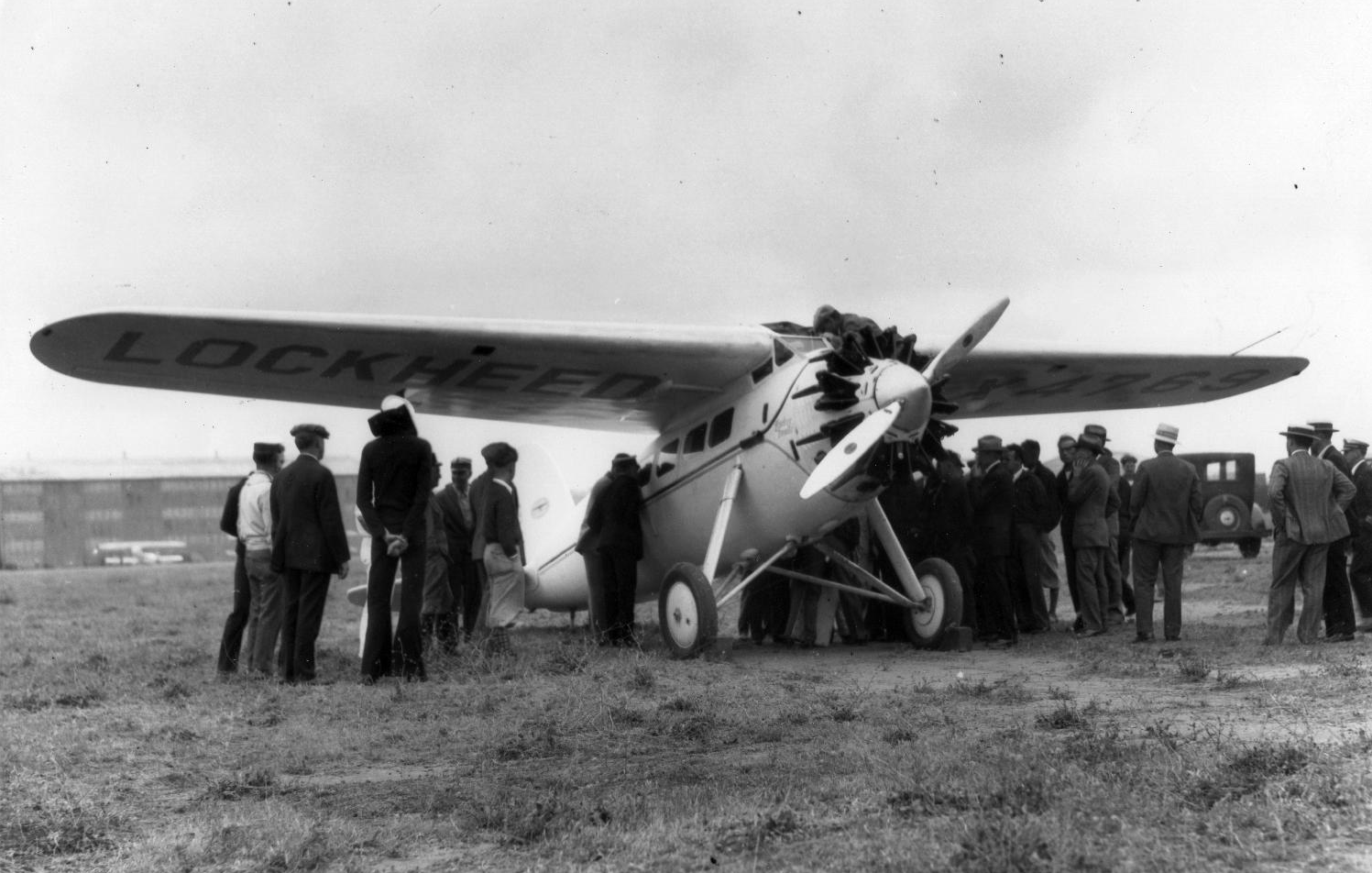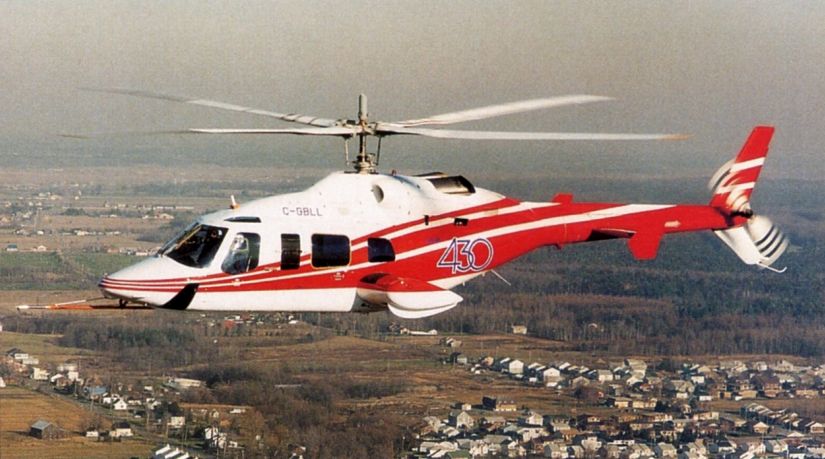
A “dog ship” is an aircraft retained by a manufacturer for engineering development testing.
![]() 25 October 1994: At Bell Helicopter Textron’s plant at Mirabel, Quebec, Canada, the prototype Bell Model 430, registered C-GBLL, made its first flight.
25 October 1994: At Bell Helicopter Textron’s plant at Mirabel, Quebec, Canada, the prototype Bell Model 430, registered C-GBLL, made its first flight.
The Bell Model 430 (“Four-Thirty”) is a twin-engine intermediate-weight helicopter, operated by one or two pilots, and which can be configured to carry from 6 to 11 passengers. It has advanced avionics. The standard helicopter is equipped with skid landing gear, and retractable tricycle gear is optional. The 430 was the first helicopter to be certified for instrument flight with a single pilot, without a stability augmentation system. The aircraft is also certified for Category A operations, meaning that if one engine were to fail during takeoff, the helicopter could continue to fly with the remaining engine.
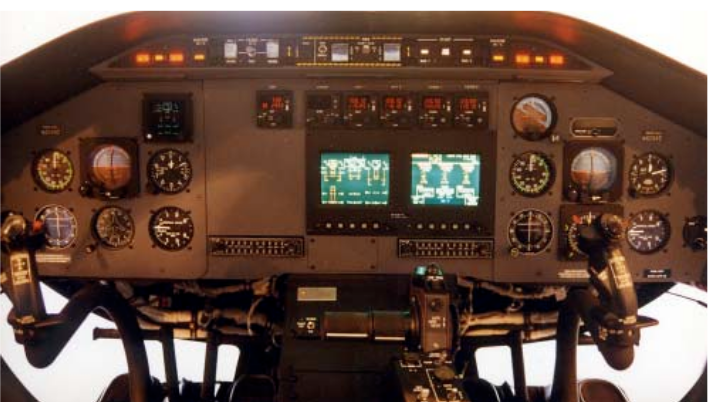
The 430 was developed from the preceding Model 230 (and the 230 from the 222). It was lengthened 1 foot, 6 inches (0.457 meters) and uses a four-bladed semi-rigid main rotor. Instead of a mechanical rotor head of trunnions, bearings and hinges, the 430 has a “soft-in-plane” fiberglass rotor yoke that is flexible enough to allow the blades to flap, feather and lead/lag.
The Bell 430 is 50 feet, 0.6 inches (15.248 meters) long, with rotors turning. The fuselage is 44 feet, 1 inch (13.437 meters) long. Overall height 12 feet, 1.6 inches (3.697 meters). The span of the stub wings is 11 feet, 6.0 inches (3.454 meters). The fixed horizontal stabilizer has a spa of 11 feet, 5.9 inches (3.453 meters) and a -9° angle of incidence. The vertical fin is canted slightly to the right to unload the tail rotor during high speed flight.
The main rotor mast is tilted 5° forward and 1.15° to the left. The forward tilt helps to keep the passenger cabin level during forward flight, while the left tilt counteracts the translating tendency caused by tail rotor thrust while in a hover.
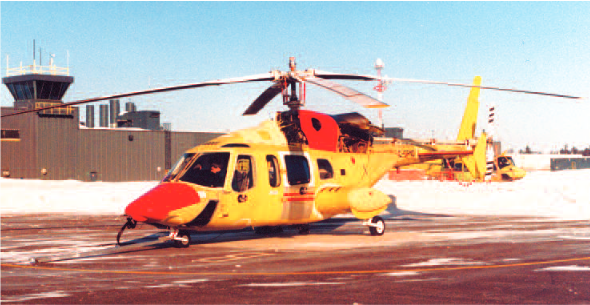
The main rotor is 42 feet, 0 inches (12.802 meters) in diameter and rotates counter-clockwise as seen from above. (The advancing blade is on the right.) The rotor turns at 348 r.p.m., resulting in a blade tip speed of 765 feet per second (233 meters per second). The blades are of composite construction. They use an asymmetrical airfoil and have a chord of 1 foot, 2.2 inches (0.361 meters). The blades are pre-coned 2° 30′.
The tail rotor is mounted on the left side of the tail boom, with the rotor disc offset 1 foot, 9.5 inches (0.572 meters) to the left of the aircraft centerline. Seen from the helicopter’s left, the tail rotor turns clockwise (the advancing blade is below the axis of rotation). The tail rotor is 6 feet, 10.5 inches (2.098 meters) in diameter, with a chord of 10.0 inches (0.254 meters). The blades are constructed of a stainless steel spar, with a bonded stainless steel skin over an aluminum honeycomb. The tail rotor turns 1,881 r.p.m.
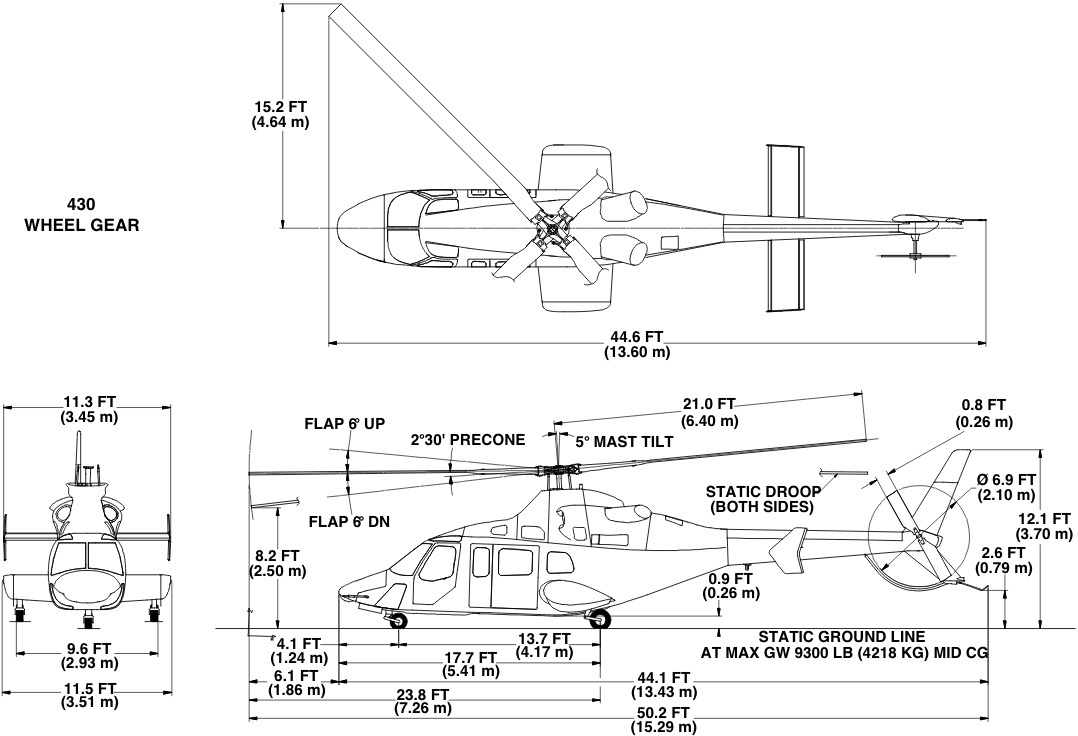
In standard configuration, the wheel-equipped Model 430 has an empty weight of 5,364 pounds. Its maximum gross weight is 9,300 pounds (4,218 kilograms).
![]() The 430 is powered by two Rolls-Royce Series IV M250 C40B FADEC turboshaft engines. (The engine was previously known as the Allison 250-C40B. Rolls-Royce acquired Allison in 1995). The engine has full digital electronic controls. The 250-C40B uses a single-stage centrifugal compressor, reverse-flow combustion chamber, and a 4-stage axial-flow turbine section (2-stage gas producer turbine, N1, and 2-stage power turbine, N2.) At 100% N1, the gas producer rotates at 51,000 r.p.m. and the power turbine turns 30,908 r.p.m. The output drive speed is 9,598 r.p.m.
The 430 is powered by two Rolls-Royce Series IV M250 C40B FADEC turboshaft engines. (The engine was previously known as the Allison 250-C40B. Rolls-Royce acquired Allison in 1995). The engine has full digital electronic controls. The 250-C40B uses a single-stage centrifugal compressor, reverse-flow combustion chamber, and a 4-stage axial-flow turbine section (2-stage gas producer turbine, N1, and 2-stage power turbine, N2.) At 100% N1, the gas producer rotates at 51,000 r.p.m. and the power turbine turns 30,908 r.p.m. The output drive speed is 9,598 r.p.m.
The engines have a Maximum Continuous Power rating of 695 shaft horsepower, and 808 s.h.p. for takeoff (5-minute limit). If an engine fails, the remaining engine can be operated at 940 s.h.p. for 30 seconds; 880 s.h.p for 2 minutes; and 835 s.h.p. for 30 minutes.
At Sea Level, the Bell Model 430 has a cruise speed of 133 knots (153 miles per hour/246 kilometers per hour), and maximum cruise of 147 knots (169 miles per hour/272 kilometers per hour). VNE is 150 knots (173 miles per hour/278 kilometers per hour). The helicopter’s service ceiling is 20,000 feet (6,096 meters). At its maximum gross weight, the 430 can hover in ground effect (HIGE) at 10,400 feet (3,170 meters) and out of ground effect (HOGE) at 6,200 feet (1,890 meters).
The fuel capacity of the 430 is 187.5 U.S. gallons (708 liters). This gives the helicopter a range of 286 nautical miles (329 statute miles/530 kilometers). A 48 gallon (182 liter) auxiliary fuel tank can be installed in the baggage compartment. With skid landing gear, the fuel capacity is increased to 247 gallons (935 liters), increasing the range to 353 nautical miles (406 statute miles/654 kilometers).
The Bell Model 430 received its Transport Canada certification on 23 February 1996, with the first production aircraft delivered the following month. Production continued for 12 years. The final 430 was delivered in May 2008.
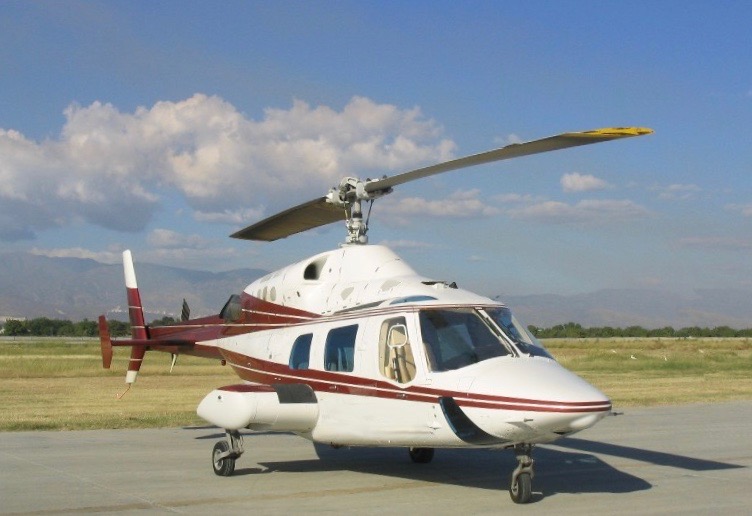
C-GBLL was originally built as the sixth Model 222, serial number 47006, and registered by the Federal Aviation Administration as N2759D. The aircraft was used as the prototype of the Bell 222B, which upgraded the engines from the original 618-shaft horsepower Lycoming LTS-101-650C3 turboshaft engines to 680 s.h.p. LTS-101-750Cs. The diameter of the main rotor was increased from 40 feet to 42 feet.
In 1983, N2759D was next used as the prototype for the Model 222UT, which replaced the retractable tricycle landing gear with fixed skids constructed of tubular aluminum. This simplified the helicopter, decreased its empty weight and allowed for an increased fuel capacity. N2759D was transferred to Bell Helicopter Textron Canada at Mirabel. Its U.S. registration cancelled by the FAA on 17 October 1990, and it was re-registered C-GBLL by Transport Canada.

Early problems with the Lycoming LTS-101 adversely affected sales of the Bell 222. Bell designed a new variant equipped with Allison 250-C30G engines. This helicopter was designated the Model 230. The first prototype, C-GEXP, with skid gear, made its first flight on 12 August 1991, followed by the second prototype—C-GBLL—on 3 October 1991.
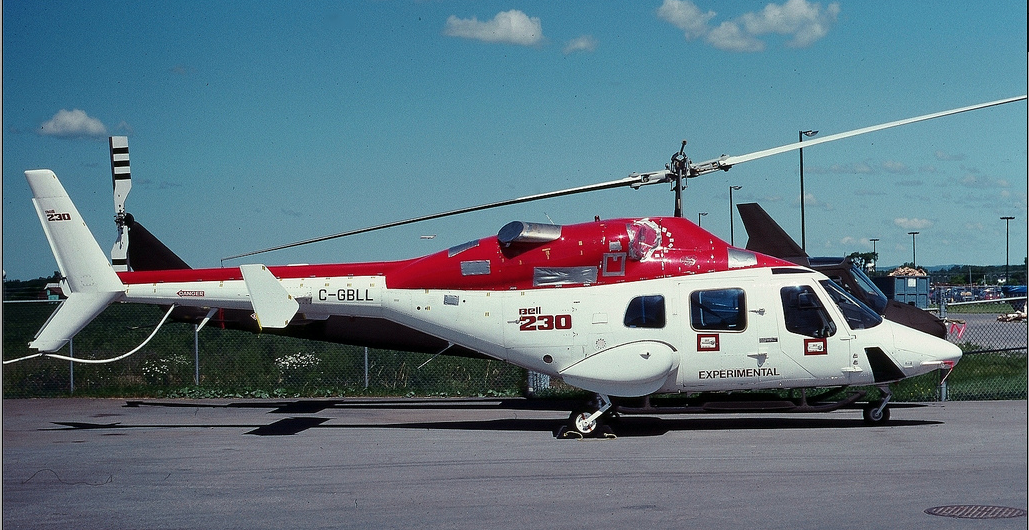
The 430 prototype was given a new serial number, s/n 43901.
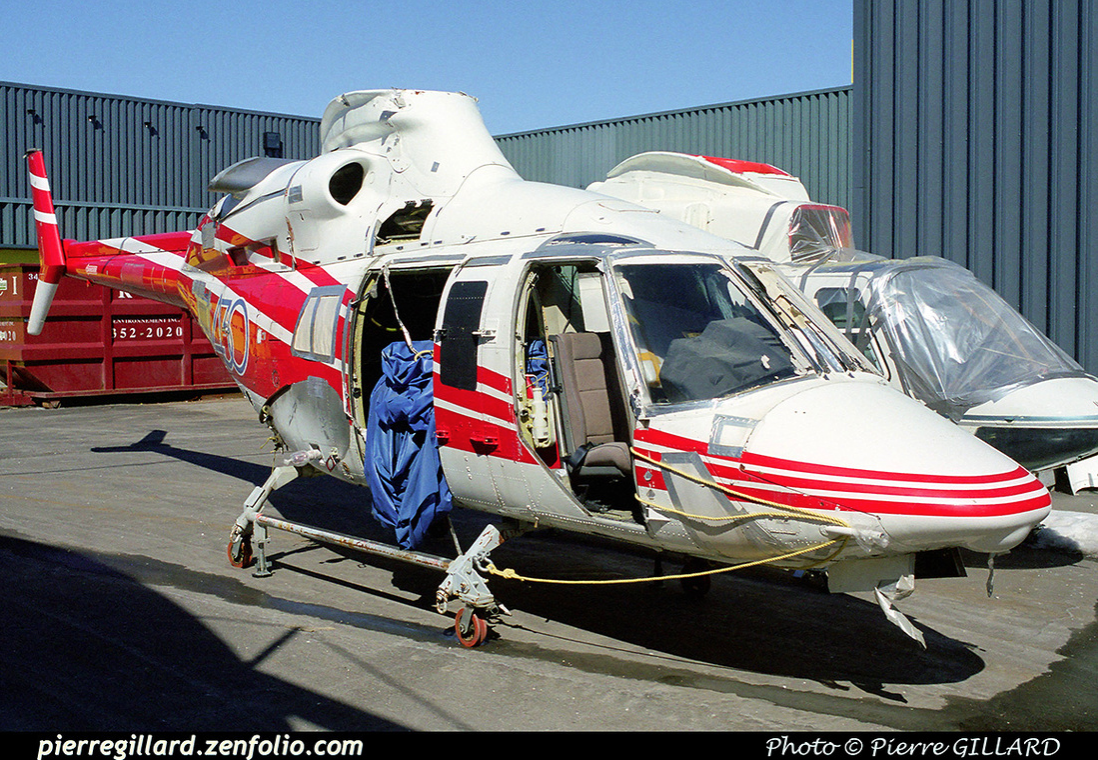
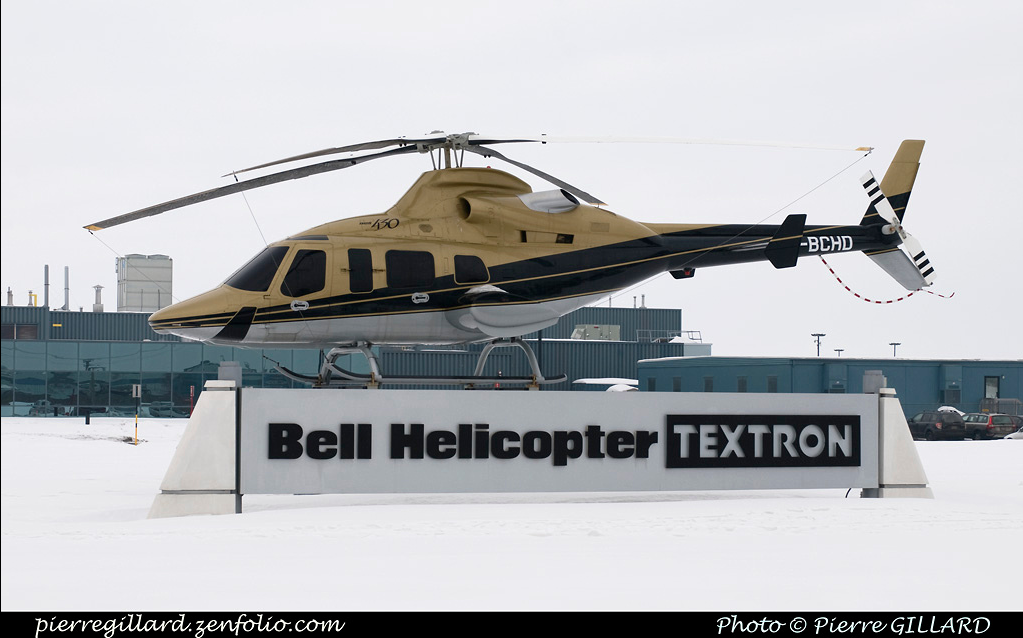
© 2018, Bryan R. Swopes
